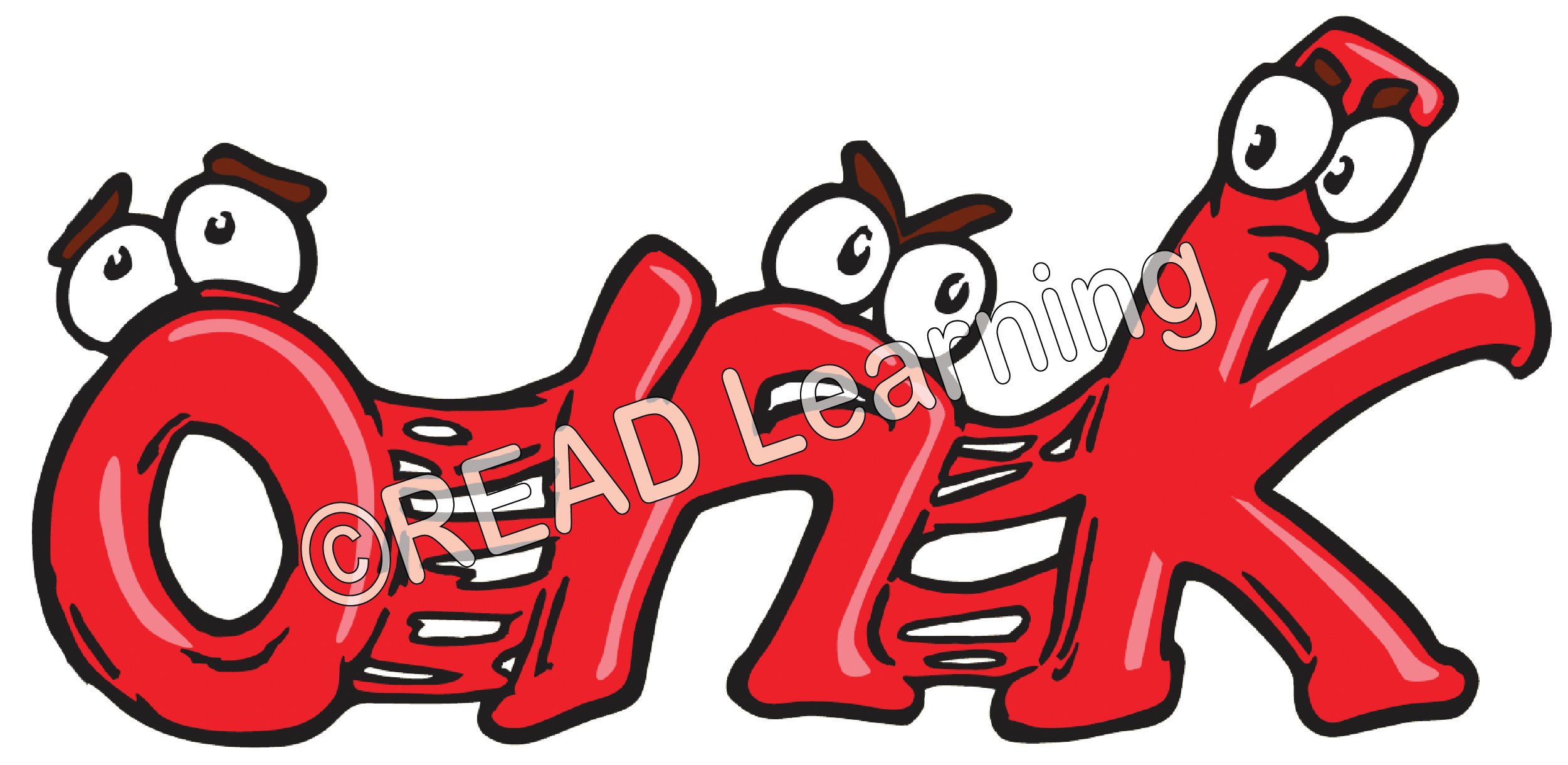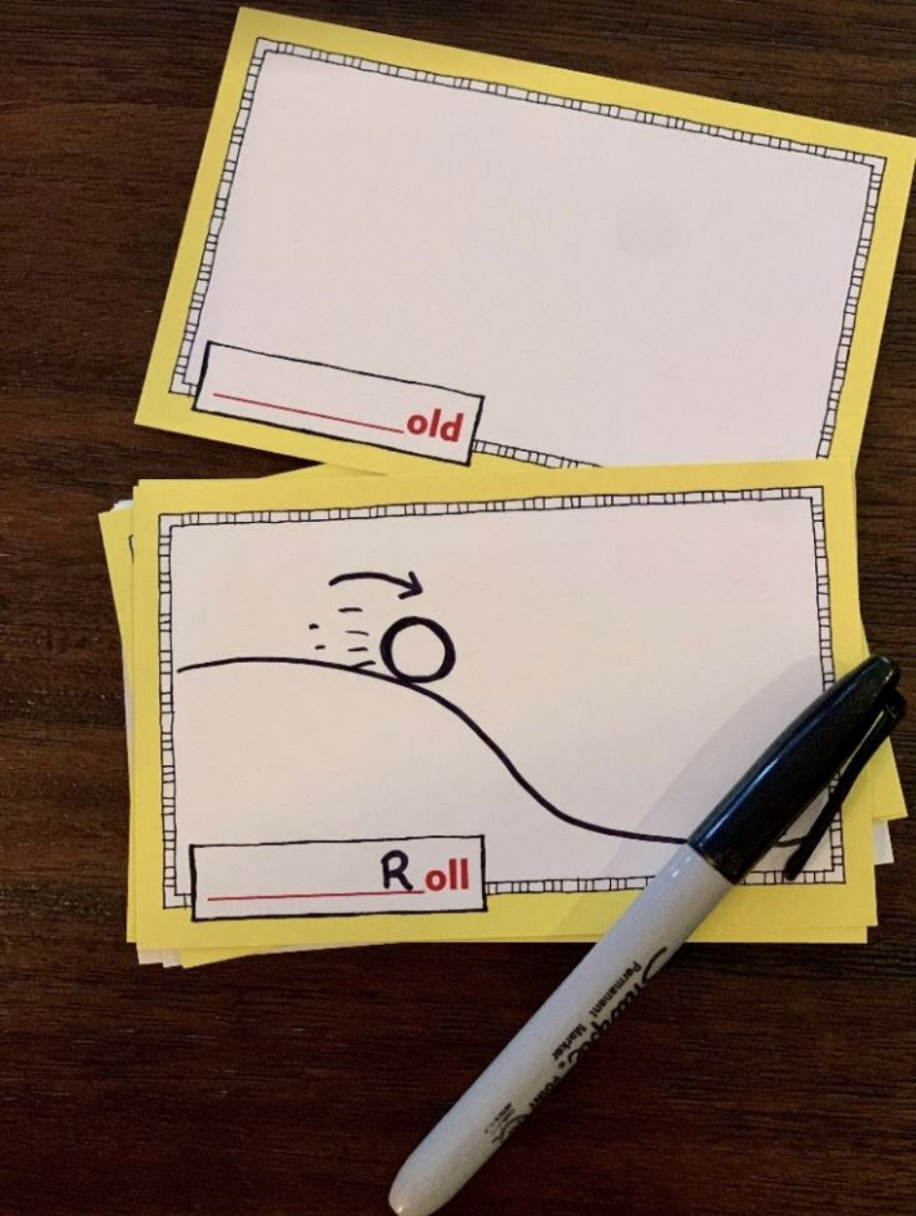Hey-O! Today, we continue our journey through our sticky units of sound. By now, we have discovered our -NK and -NG unit families and have landed on our next, slightly=blended, family of units: those units that contain the long O sound, plus our unit ALL.
 Photo by Becca Tapert on Unsplash
Photo by Becca Tapert on Unsplash
If you are just joining us in our series on units, let me be the first to say, ‘welcome!’ We’re so glad that you’re here! You also might want to check out my previous two postings, particularly my introduction to sticky units of sound found at this link. There, you will learn everything you need to know about sticky units of sound. After that, come back here to join in the fun. We’ll be here!
Before You Begin
Introducing sticky units of sound to our students in an organized and systematic way is key to getting these units to stick in our students’ minds so that they may use them fluently across settings. Here are some tips to set your students up for success before you begin teaching these new units of sound.
Before teaching these concepts to your student, make sure they can...
A Quick Review
By now, we know that sticky units of sound are important to identify while both reading and spelling because, although they are three (or more) letters, they work together to make one sound that cannot be split into individual letter sounds. They also do not follow our regular spelling patterns, often making unusual or unexpected sounds. Additionally, units form their own unit syllable (more on the 7 types of syllables on our resource here).
 For the full introduction on sticky units of sound, visit my previous blog post.
For the full introduction on sticky units of sound, visit my previous blog post.
Meet Our New Family
Previously, you met two very cohesive families, the NG and NK families of units. This family is a bit more diverse. Here are our new units:
Now, the first four units have one commonality: they all begin with a long O sound. The final unit, ALL, is our “oddball.” You see, it doesn’t really have a family that it belongs with, so it has been adopted by the long O family. Let’s put our new units into words to see them really come to life. Check it out:
Seems pretty straightforward, right? Well, for our students, who already struggle connecting sounds to letters, sticky units of sound can get a bit muddled. Therefore, it’s helpful to have a few tricks up your sleeves to assist them in both recall and generalization.
Working Toward Generalization
When I work with students, there comes a point where I ask them to make a keyword for each unit to help give them an efficient mnemonic strategy. This helps with quick recall when working with these units. Now, there is power in also giving students space to use their creativity. Therefore, my students make both a keyword and a drawing to go with it. We have these lovely Doodle-a-Rule cards in our second set of Silver Moon Spelling Rules which are specifically intended to give students a space to create their keywords and corresponding drawings. Check out this example:
 Silver Moon Spelling Rules Set 2: Doodle-a-Rule Cards
Silver Moon Spelling Rules Set 2: Doodle-a-Rule Cards
You can see that the Doodle-a-Rule card had the unit of sound “OLL” on it, and I created the word “roll” as a keyword to help me remember the unit. I also drew a ball rolling down a hill to give my keyword even more life.
What’s better? I use my students’ Doodle-a-Rule cards as flashcards! You’ll find that repetition, like using flashcards, is key to helping students remember their sticky units and build generalization of units in both reading and spelling.
The Multisensory Connection to Generalization and Recall
We know that it’s important to take a multisensory approach to teaching new concepts, particularly when working with a variety of learners, so it’s helpful to also encourage your student to tap out their keywords using just one finger to represent the unit sound. I have more on this strategy in my first sticky unit blog post here. Using this strategy ‘taps’ into three of our senses: auditory, visual, and tactile. It’s important to emphasize the importance of saying the word out loud while simultaneously tapping each individual sound and using a visual.
You see, involving multiple sensory experiences gives the brain more pathways to retrieve the information. Think of it this way: you probably don’t remember every single time you’ve cooked a frozen pizza, but I bet you remember the last time you lost track of time and left it in a little too long. Why? I bet you can picture the burnt hockey puck of that was once your delicious pizza. You can also probably imagine the charred aroma that lingered in the air and maybe even hear your smoke detector going off as you desperately fanned the smoke out the window.
 Photo by Pablo Pacheco on Unsplash
Photo by Pablo Pacheco on Unsplash
The senses build paths for memory retrieval and immediately transport you back to the moment that you had that experience. This is what we are trying to give to our students by involving as many sensory pathways as possible: memory retrieval. Memory retrieval leads to our ultimate goal: generalization.
Important Things to Consider
Let's Wrap it Up!
As we wrap up our discussion on this unusual family of sticky units of sound, I don’t want to send you away empty-handed. If you are a busy parent or an educator, I’m sure you welcome any resources you can get, and I have good news for you. I have some of those coming your way. If you click the link below, you’ll find a set of FREE resources to practice these unit sounds with your student(s). You don’t even have to burn a pizza to get them!
Sticky Units of Sound Long O and All Reproducibles
As always, if you found this blog helpful, please share it with your fellow teachers, parents, and interventionists. Interested in learning more? Check out more of our blogs HERE, and don’t forget to check out our complete guide to spelling at www.Silvermoonspellingrules.com
Happy Teaching!
Written by:
Kate Wagner, BSE
Reading Interventionist, Remote Learning Coach